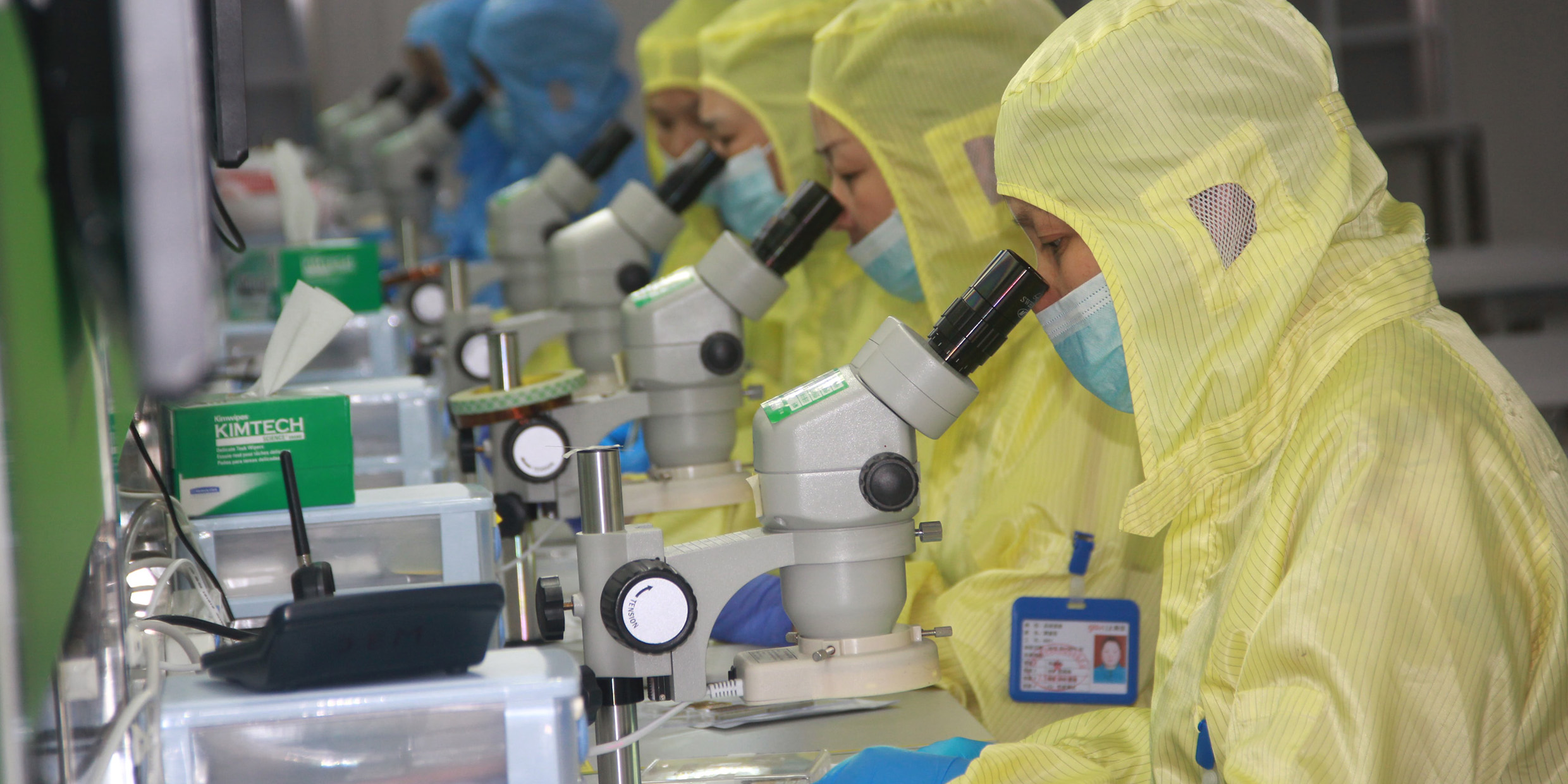Originally published 9 July 2002
Critics often complain that science is a closed shop, blindly committed to defending established “dogmas,” and unwilling to entertain ideas that fall outside accepted paradigms. Scientists will circle the wagons around accepted theories like evolution by natural selection, say the critics, and dismiss out-of-hand unorthodox ideas like creationism or homeopathy.
Are the complaints valid? Several recent episodes show that science is more open to new ideas and to self-criticism than the critics suppose.
In March of this year [2002], a group of scientists led by Rusi Taleyarkhan of the Oak Ridge National Laboratory in Tennessee sought to publish in the journal Science evidence that they had achieved nuclear fusion in a tabletop experiment. It is established wisdom in science that nuclear fusion — the energy-producing reaction that powers the sun and hydrogen bombs — can only be usefully harnessed by hugely expensive hot fusion reactors that mimic conditions that exist at the centers of stars or in explosions of atomic bombs.
Taleyarkhan and colleagues challenged that assumption. They had obtained fusion in a simple, cheap experiment that almost anyone could perform, they stated.
Some scientists did not want the paper published in America’s premier scientific journal. They recalled the media circus that surrounded the “cold-fusion” flap of the late 1980s, from which both science and the media emerged with egg on their faces.
But the Oak Ridge scientists offered something the “cold-fusion” scientists of the 1980s did not offer — a plausible explanation for how fusion occurred in their experiments, involving a process called “acoustic cavitation,” in which sound waves in a fluid cause bubbles to appear and then suddenly collapse, generating briefly and microscopically exceedingly high temperatures and pressures.
The journal chose to publish the paper after peer review certified that the experiments seemed to be reliably done. Science editor-in-chief Don Kennedy said: “We are not wise enough to certify that every claim will stand up to the active effort of replication.”
Will the new fusion experiments stand up to scrutiny? Can they be replicated by the doubters? Stay tuned.
[The experiments were not able to be replicated. In 2008, Taleyarkhan was judged guilty by a review board of research misconduct. ‑Ed.]
For a long time it has been the established view that certain 3.5 billion-year-old rocks of the Earth’s crust bear unmistakable chemical and physical evidence of biologic activity, and that therefore life has existed on Earth for at least that long. Then, in 1996, came the extraordinary claim that a Martian meteorite discovered in Antarctica contained similar evidence for life. “Life on Mars!” the newspapers screamed.
The Martian meteorite has now undergone exhaustive study, and most scientists agree that the so-called evidence for life can be accounted for by nonorganic processes. Partly as a consequence of the meteorite controversy, geologists have been reexamining claims for ancient life in terrestrial rocks, challenging the conventional wisdom that rocks as old as 3.5 billion years contain evidence of organic activity.
On April 9 [in 2002], at the second Astrobiology Science Conference, held at NASA’s Ames Research Center in California, Bill Schopf, champion of ancient life, and Martin Brasier, who holds that the so-called ancient “fossils” have a nonbiological origin, squared off against each other in what the journal Nature called “a heavyweight prizefight.” Each scientist gave his best shot. Others will now be taking a closer look at the evidence.
Will the textbooks have to be rewritten? Stay tuned.
[Further study of the fossils in question have indicated a nonorganic origin for the structures. The textbooks were rewritten. ‑Ed.]
Are established members of the so-called scientific “priesthood” immune to scrutiny? Consider the case of recent experiments on organic conductors by a group of respected scientists at Bell Labs, the research arm of Lucent Technologies. The research was said to be of Nobel prize quality, with the potential to transform microelectronics. Said one scientist of the work, “I was blown out of my chair. I thought, ‘These guys are going to Stockholm.’ ”
But other scientists have had difficulty reproducing the results, culminating in charges that the Bell Lab scientists published identical data in papers describing different experiments. Coincidence, accidental mix-up, or duplicity? The journals that published the questionable data quickly made their readers aware of the problem. Bell Labs has appointed a respected outside team of investigators to examine the charges.
Reputations are on the line. Stay tuned.
[The lead scientist of the Bell Labs group was later found to have committed serious scientific misconduct and his doctoral degree was revoked. ‑Ed.]
What everyone in these controversies agrees on is the necessity of reproducibility. It is the gold standard of science that believers and doubters alike should be able to perform the same or similar experiments and achieve the same or similar results.
Writing in Nature, Paul Grant, a science fellow at the Electric Power Research Institute in California, said of the Bell Labs controversy: “If you’ve got an exciting result that may send you to Stockholm, the next thing to do, after you’ve established publication and patent priority, is to get your worse competitor to reproduce it.”
When science is working at its best, any so-called “fact” is open to examination by everyone competent to do the experiments or make the relevant observations. Yes, science is conservative, but it is not a closed shop. Let proponents of an unconventional theory come up with consistently reproducible, quantitative evidence and you can be sure that — sooner or later — the “establishment” will give even the wildest notion a fair hearing.



